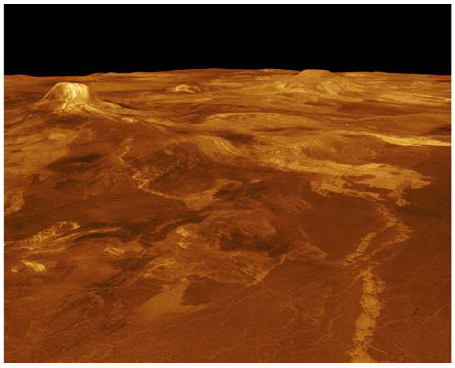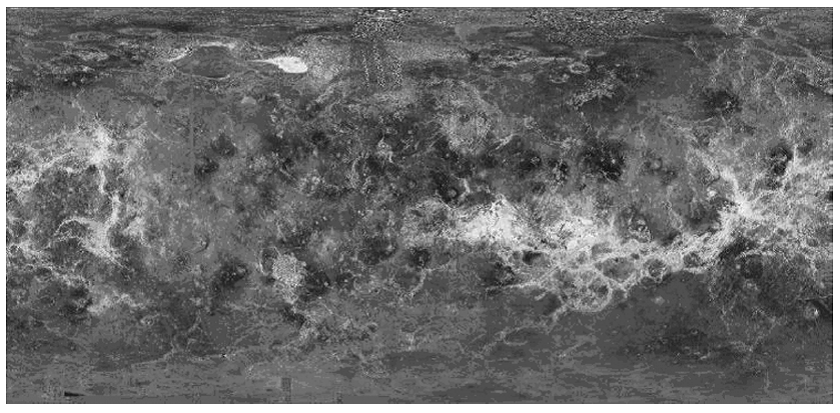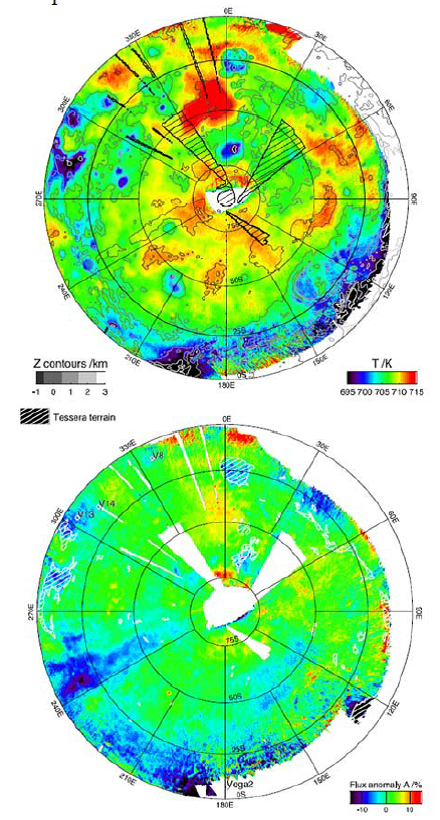
Planetary geologists use the chemical composition, tectonics, and seismic activity of the planets in our solar system to glean information about Earth's past and future geological processes. Collecting seismic information about other planets is an important component in enhancing the accuracy of predictions about Earth's future. Unfortunately, our knowledge of Venus's seismic processes is extremely underdeveloped due to the difficulty in measurements on Venus's surface. Our proposed mission will help to advance the knowledge base of planetary geologists by distributing seismic sensors over an area of Venus.

Venus is known to be much more seismically stable than Earth since Venus does not have tectonic plates. However, there is evidence of volcanoes which may or may not be active. The two elevated continents on Venus are thought to be more active, and there is a great desire to study the seismic activity of these regions. We have chosen the Maxwell Montes mountain range on the eastern side of the smaller continent of Ishtar Terra for our mission's study. Sensors will be distributed around this region and will measure seismic activity at their respective locations. The seismic data will then be relayed back to Earth. This type of distributed data would give planetary geologists basic data on the style and intensity of seismic activity on Venus. This would allow for accurate characterization of seismic processes on Venus's surfaces and allow hypotheses about the level of seismic activity across Venus's surface and the focal mechanisms that cause the seismic activity.








